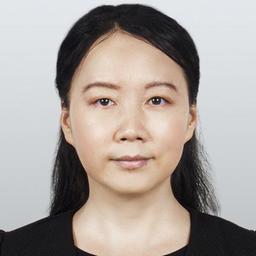Tesla’s mega plant in Shanghai faces strong headwinds moving into 2023 due to trends favoring the localization of global supply chains amid fierce competition with Chinese automakers.
The year didn’t start on a good note for the automaker when earlier this month, disgruntled Tesla owners protested at its various showrooms around China, upset that they missed out on large price cuts now being offered.
The sudden price cuts are part of Tesla’s efforts to maintain competitiveness amid declining sales of its Model 3 and Model Y, which dropped by nearly 20 percent in China after two rounds of price adjustment last October and this January, respectively.
According to Troy Teslike, who tracks Tesla’s production and sales, Tesla’s backlog of orders dropped by 85 percent in the six months from its high point in July 2022 to the end of the year.

Localized Western Manufacturing
The European market is the main export market for Tesla’s Shanghai plant, which may become limited due to Tesla’s capacity expansion in the Berlin plant last year.The output of the Model Y at its Berlin factory has exceeded 3,000 units per week, said Tesla via Twitter on Dec. 19. The volume tripled within six months, from 1,000 units per week in last mid-June.
The Berlin plant started production last March.
All of Tesla’s EVs currently sold in the United States are manufactured there. Besides the California plant, Tesla will put into operation its second EV factory in Austin, Texas, in April 2022.
In addition to demand shrinkage caused by localization in the western market, EVs produced in China may find it hard to meet U.S. requirements.
To receive the other half of the incentives, at least 40 percent of the key minerals for EV batteries must be extracted and processed in the United States, or in countries with which the United States has an FTA with, or from recycled minerals in North America by 2024; the percentage increases by 10 percent each year from 2024 to 80 percent by 2027, according to the Act.
Chinese EV Competitors
In China’s market, Tesla will inevitably compete with local carmakers that have more advantages in productivity and market shares.According to data released by the China Passenger Car Association, Tesla sold nearly 440,000 vehicles in China in 2022, a 7.7 percent market share, while BYD sold nearly 1.8 million vehicles in the year, a 32 percent market share, more than four times the number of Tesla.
It is similar to how Apple provides a complete industry chain for the Chinese cell phone industry, that assisted with the emergence of many prominent Chinese companies such as Huawei, OPPO, VIVO, and Xiaomi, the report said.
Three years after Tesla entered China, its share of the new energy vehicle market declined as other Chinese rivals such as XPeng Motors, NIO, and Geely joined the race for the Tesla market in China.
Public data showed that Tesla’s share of the Chinese new EV market remained at around 10 percent in 2020 and 2021 and drop to 7.8 percent in 2022.

Big Database in Tesla’s Hands
SpaceX’s low-orbit satellite network, Starlink, a service hosted by Tesla founder Elon Musk, has provided Ukraine with tremendous communications support during the Russia-Ukraine war.This has triggered the Chinese Communist Party (CCP) to fear that Starlink could one day be used to break the regime’s information blockade in the future.
In May 2021, Tesla stated that it would establish a data center to keep user data collected from the sale of EVs in China. Later that year, in October, Tesla announced that it had completed the data construction.
Although Tesla had promised to leave that data within China, it is managing it itself and has not handed it over to a Chinese state-owned enterprise, which apparently has upset the CCP.





